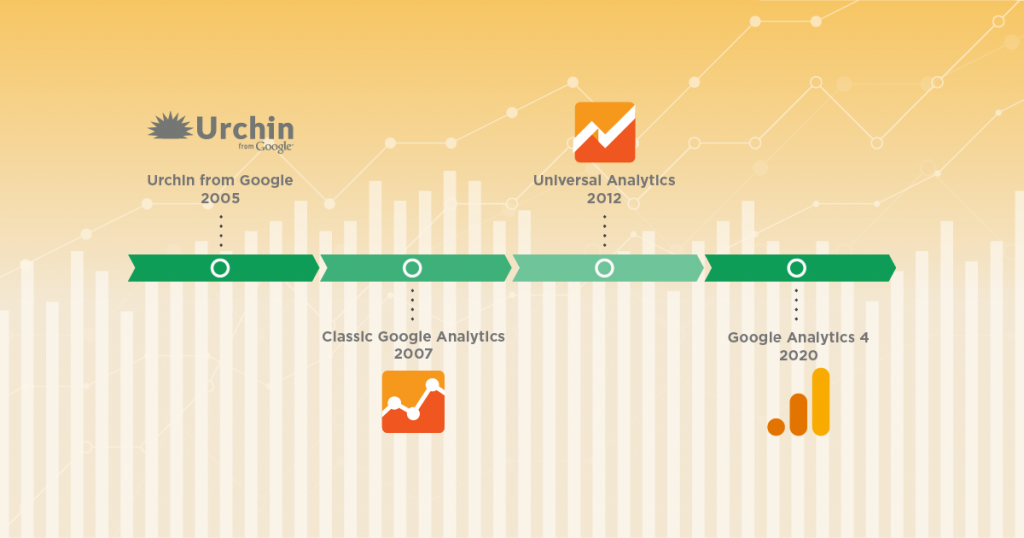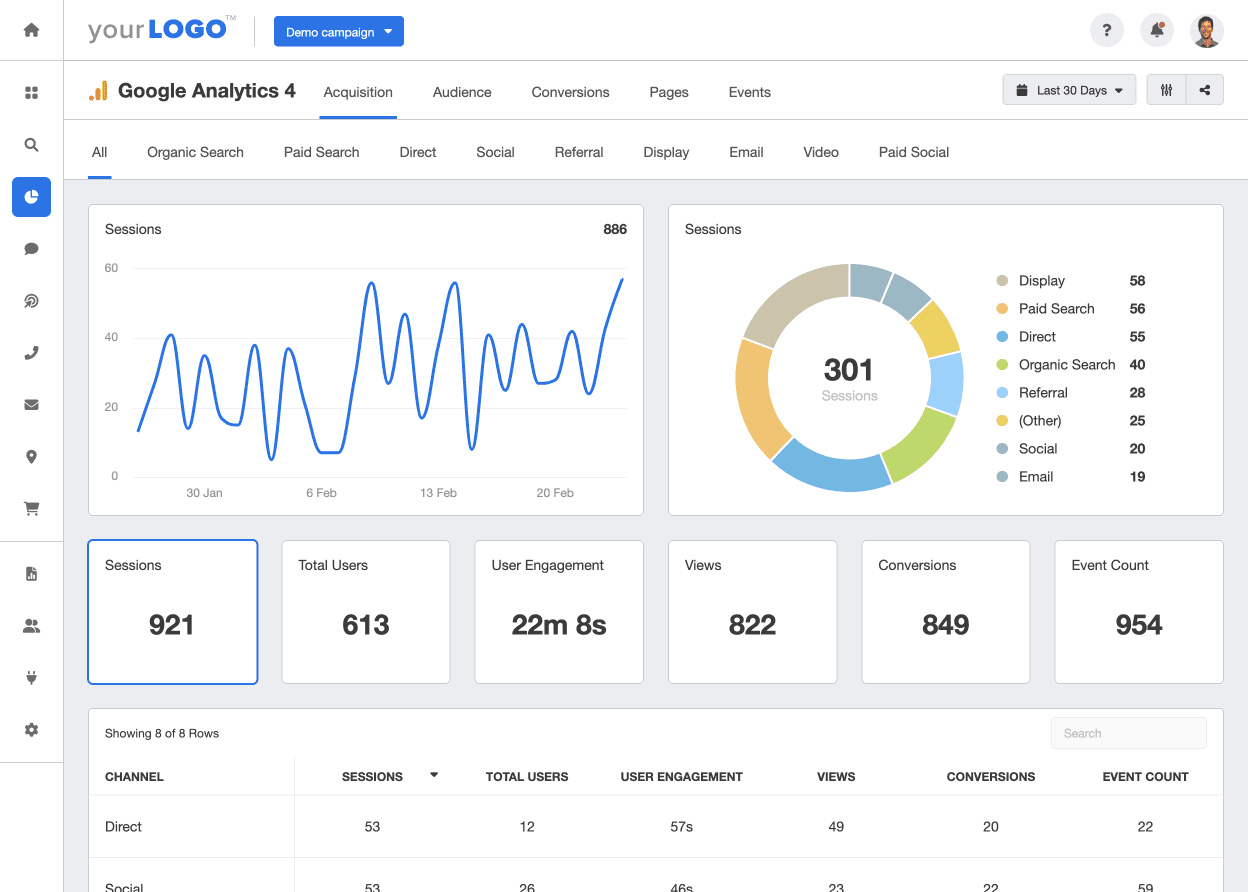Master Website Insights With Accurate Google Analytics Tracking Code
The effective usage of Google Analytics pivots on the exact execution of its monitoring code, an essential action typically ignored by web site owners. What are the common risks that could threaten your monitoring initiatives, and exactly how can you make sure precision in your technique?
Comprehending Google Analytics Essentials
Google Analytics is a necessary tool for website owners and online marketers, providing invaluable understandings right into customer behavior and web site efficiency. At its core, Google Analytics gathers information regarding visitors to an internet site, allowing users to assess metrics such as web traffic sources, individual interaction, and conversion prices. Recognizing these principles is crucial for maximizing an internet site's effectiveness and improving user experience.
The platform utilizes cookies to track interactions, videotaping data such as page sights, session durations, and bounce prices. This info is aggregated and provided via customizable dashboards, making it possible for customers to imagine trends with time. Secret efficiency signs (KPIs) can be kept track of, such as the overall number of users, brand-new versus returning visitors, and the geographic distribution of the audience.
In Addition, Google Analytics provides segmentation functions, permitting users to isolate specific web traffic sources or customer demographics for even more targeted evaluation. By mastering these foundational aspects, internet site proprietors can make enlightened decisions concerning web content method, marketing projects, and total site renovations. Inevitably, understanding Google Analytics fundamentals is important for leveraging information to drive growth and achieve business purposes effectively.
Setting Up Your Tracking Code

Duplicate the supplied tracking code and paste it right into the HTML of your web site. Ideally, this code should be placed in the header area of every web page you want to track. This makes sure that the tracking code loads prior to any kind of various other material, allowing it to record information properly. There are plugins available that streamline the combination process. if you are making use of a material management system (CMS) like WordPress.
After setup, verify that the monitoring code is functioning appropriately by utilizing Google Tag Aide or the Real-Time reports in Google Analytics - when does the google analytics tracking code send an event hit to analytics?. This action is necessary to confirm that your data collection is energetic and exact, establishing the structure for informative analysis
Usual Tracking Code Issues
This may occur when the monitoring code is positioned in the wrong section of the web site's HTML, usually leading to incomplete or missing information. In addition, having numerous instances of the tracking code on a single page can result in filled with air metrics, as customer communications might be counted much more than as soon as.
Another issue occurs from making use of advertisement blockers, which can avoid the tracking code from implementing altogether, hence skewing information. when does the google analytics tracking code send an event hit to analytics?. In addition, failure to set up filters appropriately can result in the exemption of important website traffic sources or the inclusion of undesirable reference spam, distorting the data collected
Site owners may also neglect the significance of tracking code updates, especially when migrating to Google Analytics 4 (GA4) from Universal Analytics. Lastly, not enough screening prior to introducing modifications can result in undetected errors in the monitoring code, additionally making complex data reliability. Addressing these usual problems is vital for making sure precise tracking and informative analytics.
Analyzing Website Information Properly
Precise data collection is just the primary step in leveraging Google Analytics; the genuine value depends on effectively analyzing that data to drive informed decision-making. To attain this, it is crucial to determine essential efficiency indications (KPIs) that line up with your business objectives. Concentrate on metrics such as conversion prices, customer engagement, and web traffic sources, as these will certainly supply understandings right into customer behavior and the total efficiency of your web site.
Making Use Of Google Analytics' segmentation attributes allows for a much deeper understanding of your target market. By damaging down data right into specific demographics, behaviors, and traffic channels, you can discover trends and patterns that educate targeted approaches. Carrying out customized reports and control panels can simplify this process, allowing fast accessibility to pertinent data.
Furthermore, on a regular basis evaluating data fads gradually assists to identify anomalies and possibilities for improvement. Make use of visualization tools to present information in an easily digestible style, facilitating a lot more efficient interaction with stakeholders. Eventually, the ability to evaluate internet site data effectively empowers companies to make strategic decisions that enhance user experience, enhance marketing efforts, and drive growth.

Best Practices for Accurate Monitoring
Executing effective monitoring practices is essential for acquiring trusted data in Google Analytics. To make sure accurate monitoring, begin by appropriately installing the Google Analytics tracking code on every web page of your site. This can be completed with a tag supervisor or by directly embedding the code right into the HTML.
Next, configure your Google Analytics account to exclude inner web traffic. This can be done by establishing filters that identify and remove brows through from your organization's IP address, thereby avoiding skewed information. In addition, use event tracking to keep an eye on particular user interactions, such as downloads or video plays, which typical page sights might ignore.
Consistently investigate your monitoring arrangement to confirm that all functions, such as goals and ecommerce tracking, are working appropriately. Develop a regular naming convention for your campaigns and occasions to help with simpler coverage and evaluation.
Lastly, take into consideration leveraging UTM visite site specifications for projects to acquire insights into the performance of different marketing efforts. By following these best practices, you can boost the precision of your information collection and analysis, eventually resulting in more informed decision-making for your website.
Conclusion
By ensuring the monitoring code is correctly positioned and consistently investigated, website owners can record crucial user interaction information, therefore promoting the identification of vital performance indications. Eventually, a durable tracking framework boosts the ability to drive involvement and improve general internet site performance.

Insufficient screening prior to introducing modifications can result in undiscovered errors in the monitoring code, better making complex information dependability.Carrying out efficient tracking techniques hop over to here is critical for getting trustworthy data in Google Analytics. By guaranteeing the tracking code is appropriately positioned and on a regular basis investigated, web site owners can record vital customer communication data, thus facilitating the identification of crucial efficiency signs.